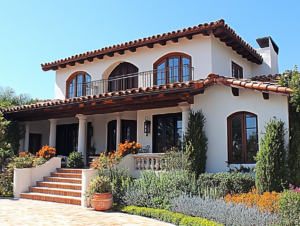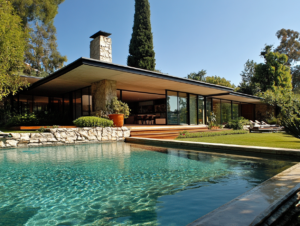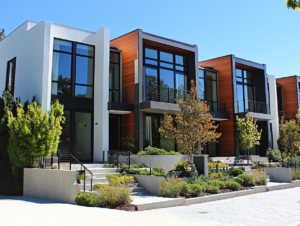Building Tomorrow's Homes with Today's Best Practices



We are committed to building homes and commercial spaces that aren’t just built better, they’re built smarter. We build with Autoclaved Aerated Concrete (AAC). Homes and other structures built with AAC offer superior fire resistance, hurricane-grade structural integrity, and energy savings of up to 65% compared to traditional construction methods. With faster build times, impressive sound dampening properties, and complete resistance to pests and mold, AAC buildings aren’t just meeting current standards, they’re defining the future of sustainable, resilient construction.
Whether you’re planning a custom home, multi-family development, or commercial project, we invite you to discover why leading architects and property developers are choosing to use AAC for their most ambitious projects.
